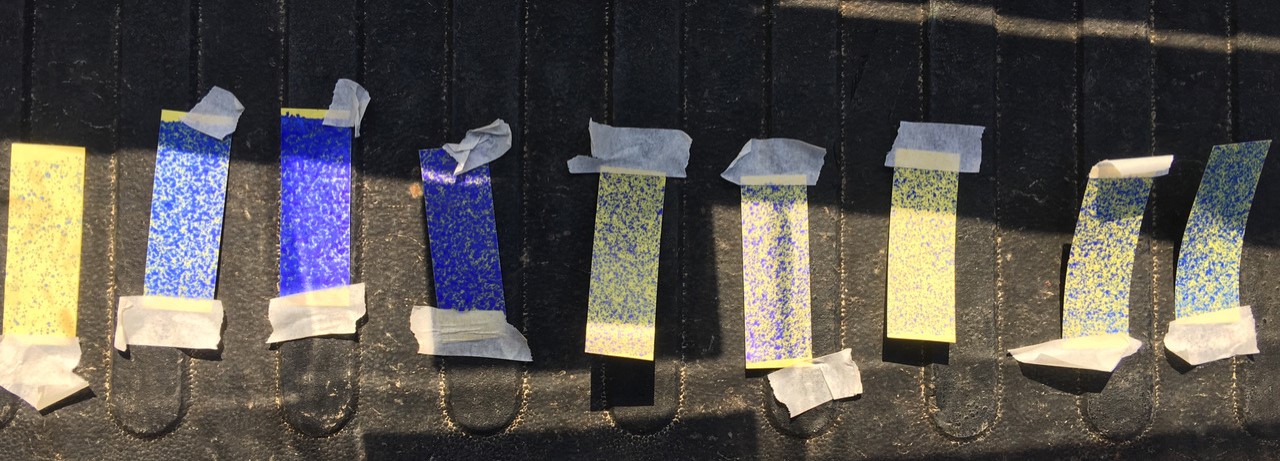
Timing and coverage are the keys to a successful bloom spray application aimed at controlling brown rot blossom blight, jacket rot and shothole. The fungi that cause these diseases are present in orchards and warm temperatures plus moisture at bloom can cause serious outbreaks. Getting the material on the blooms when they are dry will optimize efficacy.
UCCE Farm Advisor Franz Niederholzer notes getting into orchards to apply bloom sprays can be tricky. In addition to the necessary weather conditions, there are also label restrictions when bees are present.
Waiting until the trees and blossoms are dry is ideal for fungicide applications. Timing also needs to be when bees are not actively harvesting pollen. Current recommendation, Niederholzer said, is for mid-afternoon to evenings to protect bee health.
Being able to act when the conditions are right means that equipment should be prepared and calibrated ahead of time. Preparation begins with checking sprayer nozzles for wear. Stainless steel nozzles should be replaced and ceramic nozzles checked. Pump and system strainers should also be checked for holes, clogging or damaged end seals.
All nozzles and strainers should be pulled and clean water run to blow out solids. Pressure gauge should match with the flow rate from the sprayer. With this maintenance done, the next step is calibration.
Niederholzer noted that sprayers could be calibrated for both bloom sprays and sprays after leaf out, saving time during the growing season. Volume and ground speeds will be different. In either case, the ground speed should be set to allow sprayer air and the material to reach just above the tops of the trees. Flagging can be used to see if sprayer air is moving through the canopy. The speed for bloom should be faster than for summer sprays, making it more cost-efficient and still effective.
Speed can be measured in feet per minute over a distance of at least 100 feet. Acres per minute can be measured by multiplying ground speed in feet per minute by row spacing.
For gallons per acres, the formula is gallons per minute divided by acres per minute. The nozzles should target the upper tree canopy as rain will wash the bloom spray materials downwards.
The more material high in the tree, the longer the protection will last, but, as Niederholzer noted, with less surface area at bloom, less material and water will be used.

Cecilia Parsons
Cecilia Parsons has spent the past 30 years covering agriculture in California for a variety of newspapers, magazines and organizations. During that time she has been fortunate to witness some of the important events that have shaped this diverse industry and worked hard to examine and explain these events for readers.
When Cecilia first moved to the San Joaquin Valley in 1976, her first journalism job was at a small daily newspaper where she covered “farm news.” From there she branched out to writing for a dairy magazine and a regional weekly agriculture publication.
Cecilia is part of a farming family from the rural community of Ducor where she also raises purebred sheep and is attempting to master versatility ranch horse riding.










